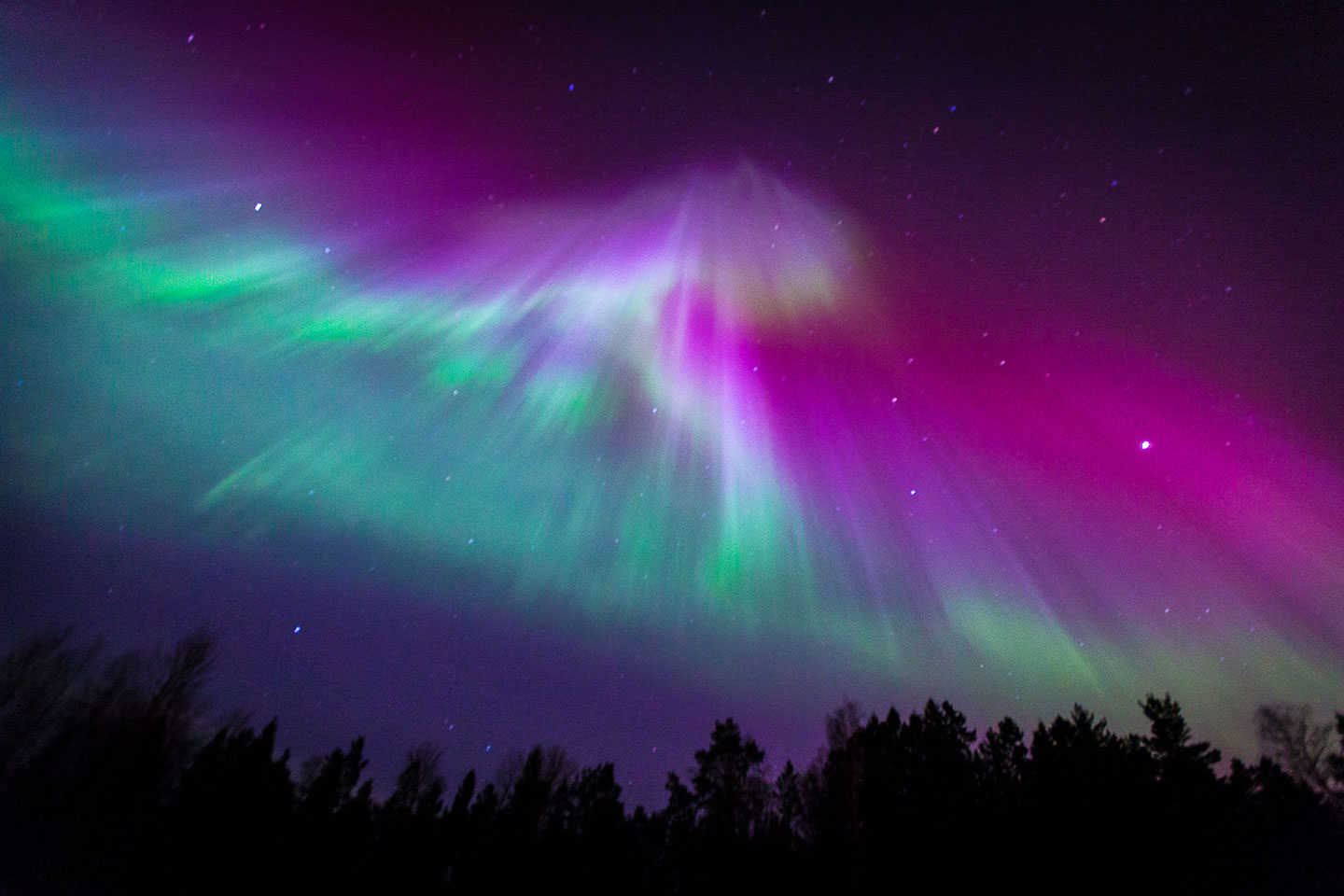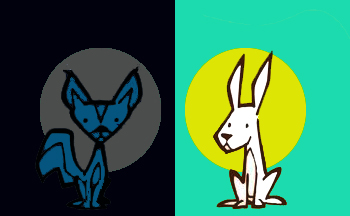During winter, we can often complain about the cold, Especially on chilly nights, when the clouds don’t trap the heat in and the stars are visible. In such conditions it may not be the best idea to think whether you will dedicate a star or not. While for us living in the modern developed world , winter is a mild inconvenience and naming a star in the dark night sky is a nice luxury, for the precolonial Inuit peoples living in the Canadian and Alaskan Far North were not so lucky.

At the very northern parts of the north pole, there is a solid four and a half months where the sun does not rise. A very long night indeed, perhaps this is where George RR Martin got the idea from. While there was a long period of night for the Inuit, they never developed a strong astrological knowledge the same way the Europeans did.
This was down to three main factors. The first was that the moon shone very brightly in the night sky for a large part of the winter – and made the stars seem less dim by comparison.

Secondly, the stars were hidden because of two phenomenon that happen very often so far north snow swept up by wind often creates a fog that would hide any celestial object. The Aurora borealis (northern lights) also obscures the stars from view.

Thirdly, the intense night-time conditions, tended to make any observation physically very difficult. As the Inuit had to ensure their survival they didn’t invest a lot of time in star gazing and find the time to register a star.

They still knew of 33 stars and even to the time to name seven stars – a few of which were used for navigation
The other starts they were able to observe, were grouped into 16 constellations, most of which were associated with myths in which humans and animals played central roles.
One such myth is one common to all native American tribes, and one we’ve already covered.
Most of the Inuit myths are more closely linked to the Sun and the Moon than the stars. But we found an interesting creation myth that we really liked. It tells how light first appeared on Earth:
In the beginning, there was nought but darkness.
Human beings were once animals, but as they became more human and less animalistic they learned language – language a force which had magic powers.
A word mentioned casually during a conversation could suddenly acquire magical powers – and nobody would know why.
However, two creates also learned how to use language the same way that humans did. A fox and a hare.
The fox kept repeating the word “Darkness!” because he liked the way he could use the dark to steal the hunting catches of the humans.
But the hare would not have this and determined to put a stop to the foxes schemes. But all his efforts failed. In his frustration, the Hare kept repeating the word “Daylight!”, though he knew not what it meant.
However, the light then suddenly shone and darkness fell away to be replaced by day. The Hare had ensure the foxes tricky schemes could work no longer as the humans could now see the fox approach their camp.
The hare benefited too, as he could now see out sunshine in the day.
But the Fox was not happy – and he never stopped repeating the word “Darkness!”, and night fell upon the land.
Since then, night and day take turns shining over Earth, and the fox and the hare take turns finding food as well…
Pretty amazing story – and connects to an important human need m to have some light in our lives. We see that as part of our role here at Star Name Registry. By choosing to name a star either for yourself or for someone else you are responsible for bringing a little bit of extra light into the world.

